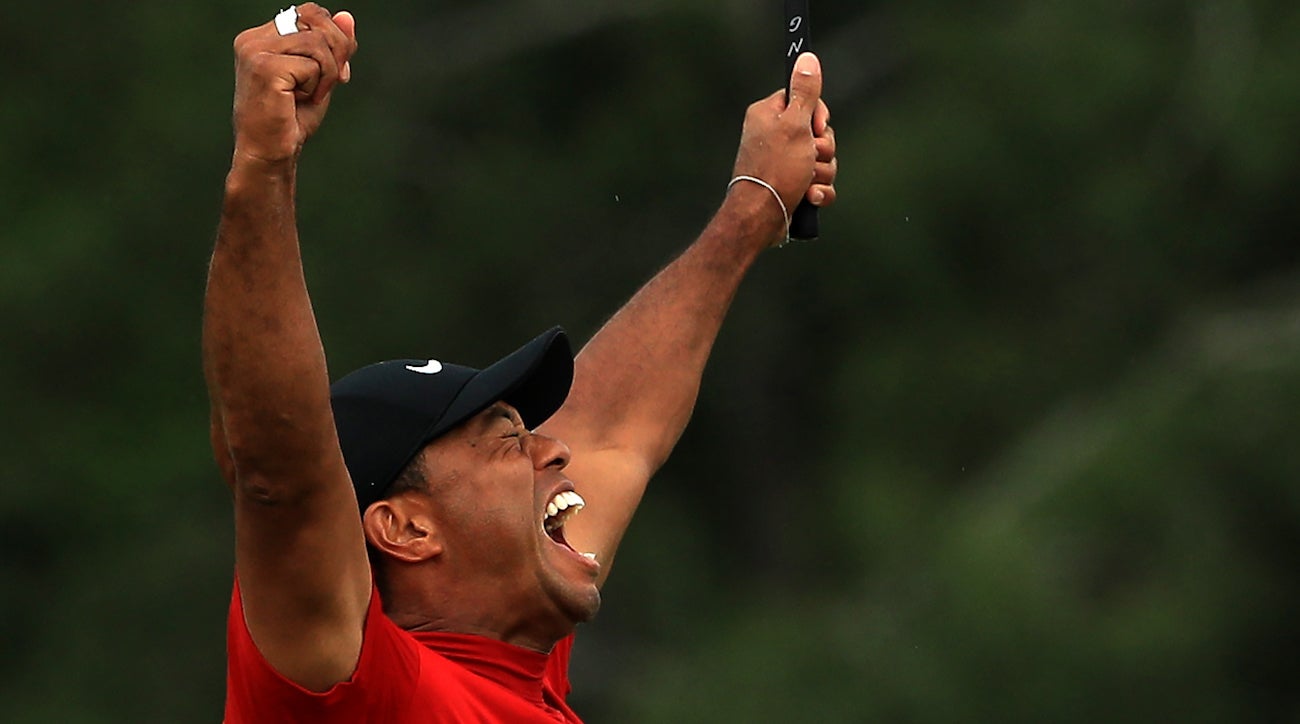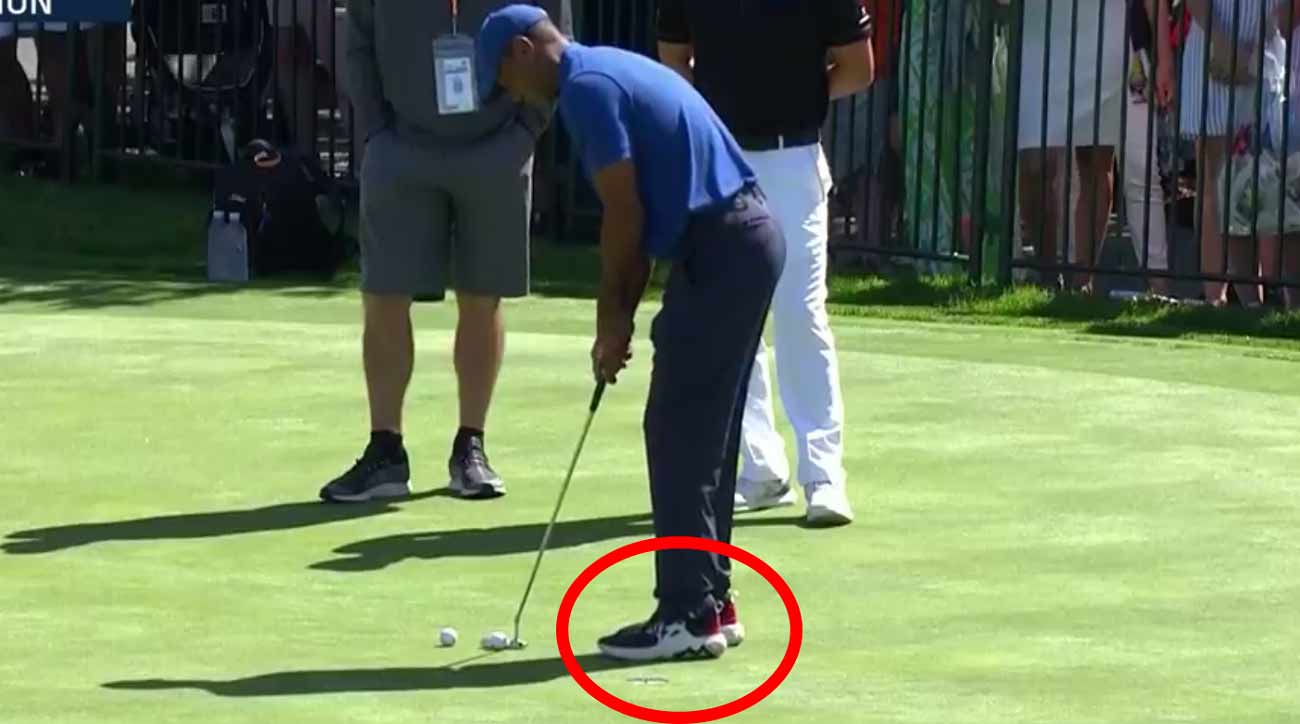 2025 CJ Cup Byron Nelson payout: Purse info, winner’s share
2025 CJ Cup Byron Nelson payout: Purse info, winner’s share
U.S. Open 2019: Tiger Woods looks to summon yet another defining performance this week
PEBBLE BEACH, Calif. — A U.S. Open at Pebble Beach has always defined its era. In 1972 Jack Nicklaus affirmed his standing as the best player in the game, just as Tom Watson would 10 years later. Tom Kite’s victory in ’92 was symbolic of the game’s parity, when one major championship victory made a career. Tiger Woods’s win at the turn of the century touched off an era of unprecedented dominance. Woods returned 10 years later diminished by scandal and Pebble Beach served as a useful measuring stick for how far he had fallen: With the tournament in his grasp he looked utterly lost on Sunday, opening the door for unsung Graeme McDowell, whose surprise victory made it clear that Tiger’s hegemony was a thing of the past.
Now Woods returns to Pebble Beach, having reinvented himself yet again, as a 43 year old with both a spine and public image that have been repaired. His Masters victory was catharsis. Anything that follows will be pure gravy, and Woods seems to have embraced that. Asked in his Tuesday press conference about his ongoing pursuit of Nicklaus’s record of 18 career major championship victories, Woods showed a softer side, saying, “What’s important to me is that I’m back playing again. This game was taken away from me for a few years there. And I missed competing, I missed playing. Now I have an opportunity to do that again, and also to be able to share it with my kids. They don’t remember me enjoying the game of golf because all they remember is Daddy on the ground in pain. And so now golf brings me so much joy, they’re able to see that. And if it brings a smile to their faces, it brings a smile to my own.”
But make no mistake, Woods is not here to be a ceremonial golfer. He arrived in the press room with his shirt drenched from a marathon putting session under the watchful eye of Matt Killeen, the swing coach he uses as an extra set of eyes. Just as at the Masters, Tiger didn’t play a Tuesday practice round, saying rest is more important than reps on a course he knows so well. The emphasis on putting is revealing.
In hindsight, he credited his record 15-shot victory in 2000 to having made “everything” on the greens. But in recent years Woods has struggled on seaside poa annua greens, which can become bumpy in the afternoon as the seed-heads sprout. Woods will rely on his pinpoint iron game to help him succeed on the greens. “The key is to be below the hole where you can take the bumpiness out of play [with a more aggressive stroke],” he says. “That part hasn’t changed that much.”
ADVERTISEMENT
So much else has. Woods admitted to being moved by watching on TV as Kevin Durant pushed his body to the breaking point, just as Tiger has been doing for the last two decades. “It’s not the same body I had back in 2000,” Woods says. “Athletically, that’s one of the challenges. How do you compete against kids born in the 2000s, born after I won this damn tournament?”
He still hits the ball far enough, as was obvious from the pyrotechnics at Augusta National. Pebble Beach is one of the places where Woods has a similar institutional knowledge. Looking back on his game-changing victory in 2000, Woods said, “It’s crazy it’s been 19 years. I still remember most of the shots I hit.”
The emotional connection to that victory remains strong. Woods had a little extra twinkle in his eye when he said, “There’s nothing like playing a U.S. Open setup here at Pebble Beach.” Can he summon one more defining performance? That we’re even asking that question now is a testament to Woods’s enduring greatness. As he said on Tuesday, “That’s one of the beauties of this game. As I’ve always said, if you’re around the conversation that long, you’ve done well.”
To receive GOLF’s all-new newsletters, subscribe for free here.
ADVERTISEMENT






